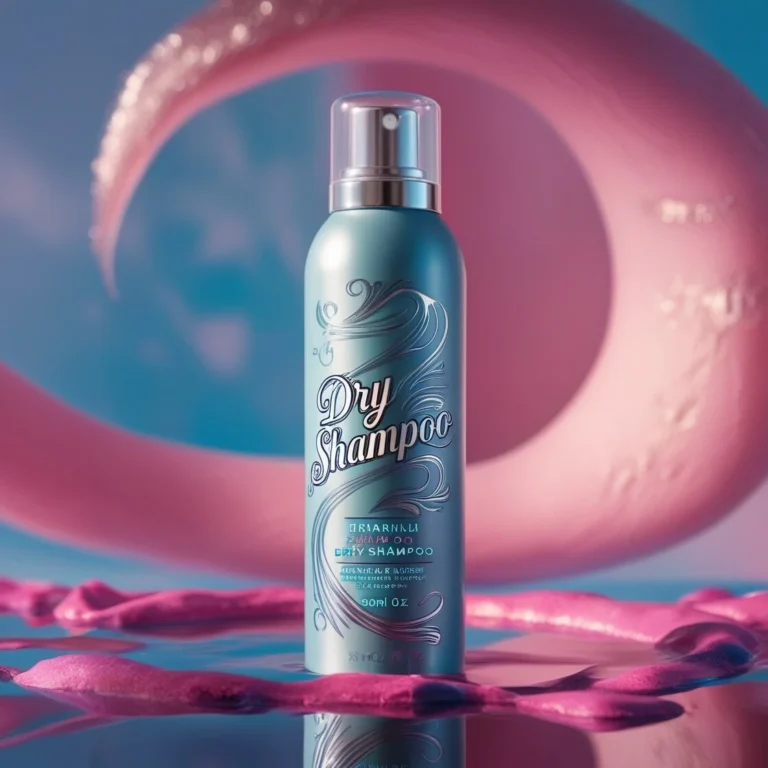Let’s talk about hair porosity: When it comes to maintaining healthy and vibrant hair, understanding its unique characteristics is crucial. One of the most important aspects of hair health that is often overlooked is hair porosity. This concept refers to how well your hair can absorb and retain moisture, and it plays a significant role in how your hair reacts to products, humidity, and treatments. In this article, we’ll explore what hair porosity is, the different types of porosity, how to determine your hair’s porosity, and why it matters for achieving and maintaining optimal hair health.

Index
Understanding Hair Porosity
At its core, hair porosity refers to your hair’s ability to absorb and retain moisture. This characteristic is determined by the structure of your hair’s cuticle, which is the outermost layer of the hair shaft. The cuticle is made up of overlapping layers of cells, and the way these cells are arranged influences how easily moisture can enter and escape the hair shaft. The porosity of your hair can be influenced by genetics, but it is also affected by external factors like heat styling, chemical treatments, and environmental exposure.
There are three primary types of hair porosity: low, medium, and high. Each type of porosity reacts differently to moisture and requires specific care to maintain healthy, shiny hair.
Types of Hair Porosity
Low Porosity
Low porosity hair has tightly packed cuticle layers, which makes it difficult for moisture to penetrate the hair shaft. While this may sound beneficial, low porosity hair can often feel dry because products tend to sit on top of the hair rather than being absorbed. People with low porosity hair often struggle with product buildup and may find that their hair takes longer to dry.
However, once moisture is absorbed, low porosity hair can retain it well. This hair type benefits from heat to help open the cuticles during treatments, making it easier for moisture and nutrients to be absorbed. Products that are lightweight and water-based work best for low porosity hair.
Medium Porosity
Medium or normal porosity hair is often considered the “ideal” type because it absorbs and retains moisture well. The cuticle layers are looser than in low porosity hair but not as open as in high porosity hair. Medium porosity hair holds styles well, responds positively to treatments, and requires less maintenance than the other porosity types. However, over time, medium porosity hair can become damaged by excessive styling, heat, or chemicals, shifting it toward high porosity.
Those with medium porosity hair can use a variety of products, including heavier creams and oils, without worrying about significant buildup or drying issues. It’s important to balance hydration and protein treatments to keep this hair type in optimal condition.
High Porosity
High porosity hair has gaps or holes in the cuticle, which makes it easy for moisture to enter but difficult to retain. This can result from damage due to over-processing, excessive heat styling, or environmental exposure. High porosity hair tends to frizz easily, absorbs products quickly, and dries fast, but it may feel dry and brittle due to its inability to hold onto moisture.
For people with high porosity hair, protein treatments can help strengthen the cuticle, and using heavier oils and butters can lock in moisture. Sealing products like leave-in conditioners or creams should be applied while the hair is damp to trap hydration.
How to Test Your Hair Porosity
Determining your hair’s porosity is an essential step in creating a personalized hair care routine. There are a few simple tests you can try to find out your hair’s porosity:
- The Water Test: Take a strand of clean, dry hair and place it in a glass of water. If the strand floats on top, you likely have low porosity hair. If it sinks to the bottom, you have high porosity hair. If it floats somewhere in the middle, you have medium porosity hair.
- The Slip and Slide Test: Take a strand of hair and slide your fingers from the tip to the root. If it feels smooth, your hair has low porosity. If it feels bumpy, it may be high porosity.
- The Product Absorption Test: Pay attention to how your hair reacts to products. If they sit on top of your hair without being absorbed, you may have low porosity. If your hair drinks up the product quickly, it could be high porosity.
Why Porosity Matters in Hair Care
Understanding your hair’s porosity is key to selecting the right products and treatments for your hair. Using the wrong products for your porosity type can lead to dryness, frizz, and damage. For example, heavy products that are great for high porosity hair may weigh down low porosity hair, while lightweight products may not provide enough moisture for high porosity hair.
Tailoring your routine to your hair’s porosity will help you achieve better results and improve the overall health of your hair. This means choosing the right shampoos, conditioners, oils, and treatments based on how your hair absorbs and retains moisture.
How to Care for Different Porosity Types
Now that you understand the different types of hair porosity, it’s important to know how to care for each type effectively. Here are some tips based on your hair’s porosity:
- Low Porosity Hair: Use heat to help open up the cuticle during conditioning treatments. Avoid heavy oils and butters that can cause buildup. Instead, opt for lightweight, water-based products.
- Medium Porosity Hair: Balance hydration and protein treatments to maintain your hair’s health. You can experiment with different products to see what works best, as your hair can tolerate a wide range of formulations.
- High Porosity Hair: Focus on moisture retention. Use heavier products like butters and oils to seal in moisture and consider protein treatments to strengthen the cuticle.
Common Mistakes When Caring for Porosity
Many people make mistakes when caring for their hair because they don’t understand how porosity affects product absorption and retention. Some common mistakes include:
- Using the wrong products: Using a product that is too heavy or too light for your hair’s porosity can lead to buildup or dryness. Always choose products that match your porosity needs.
- Skipping heat treatments: For low porosity hair, skipping heat during deep conditioning can prevent moisture from penetrating the hair shaft. Try using a steamer or wrapping your hair in a warm towel after applying a mask or conditioner.
- Over-washing high porosity hair: High porosity hair loses moisture quickly, so washing it too frequently can strip it of natural oils, leading to dryness. Stick to a gentle cleansing routine and always follow up with a leave-in conditioner.
Final Thoughts on Hair Porosity
Hair porosity is a crucial factor in maintaining healthy hair, yet it is often overlooked. By understanding whether your hair has low, medium, or high porosity, you can make informed decisions about which products and treatments to use, ultimately improving the look, feel, and overall health of your hair. Whether you’re dealing with frizz, dryness, or breakage, adjusting your routine to meet your hair’s porosity needs can make a significant difference.
Your hair is unique, and its porosity is just one part of what makes it special. The more you learn about your hair and how to care for it, the better results you’ll see in the long run.
Now that you understand the basics of porosity, it’s time to take control of your hair care routine and give your hair the attention it deserves.



